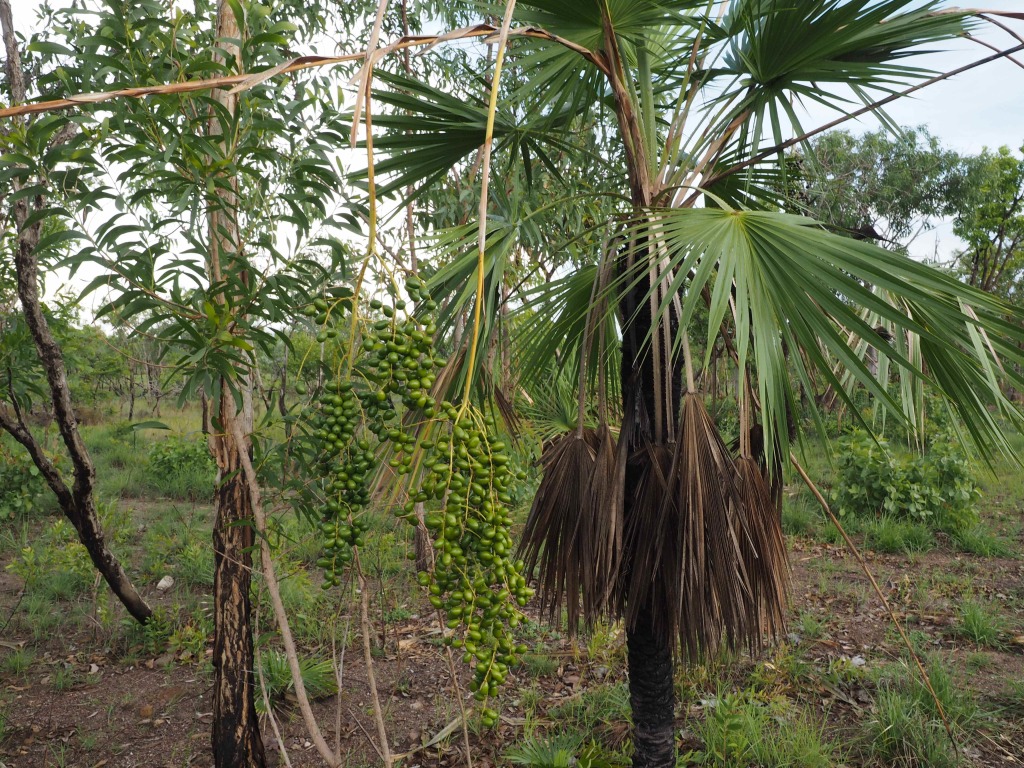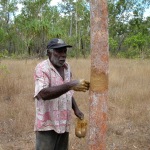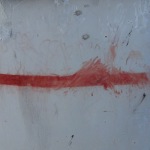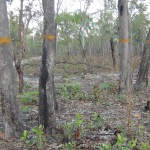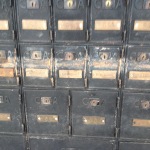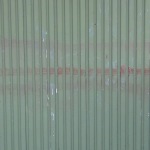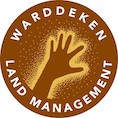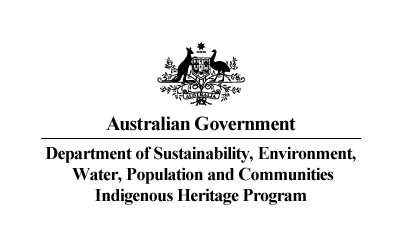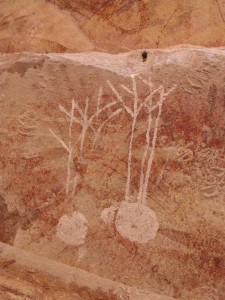Kurdukadji, Alwanjdjuk, Ngurrurdu
Kurdukadji, ngal-ngeywern. Kunwinjku ngarri-ngeybun kurdukadji. Kundjeyhmi kabirri-ngeybun Alwanjdjuk dja Kuninjku Kundedjnjenghmi kabirri-ngeybun ngurrurdu.
Emu, she has many names. In Kunwinjku we call her kurdukadji. In Gundjeihmi they call her alwanjdjuk and in Kuninjku and Kundedjnjenghmi they call her ngurrurdu.
Mahni bim nga-nang kore Injalak. Kareh na-ngale bimbom? Kareh ngudda ngurri-bengkan. Kandi-bengdayhke ba ka-mak nga-ngeykurrme.
Manekke kun-dulk, man-kulurrudj, man-me ngalengarre ka-ngun mimno. Yi-nan bimbom man-kulurrudj. Kanjdji yi-bimnan man-kulurrudj dja mimno manbu ngale kurdukadji ka-djare ka-ngun.
bininjgunwok AT gmail.com
man-kulurrudj
Mahni djurra Wamud Namok bimbom. Ngurrurdu kun-burrk ngalengarre.

